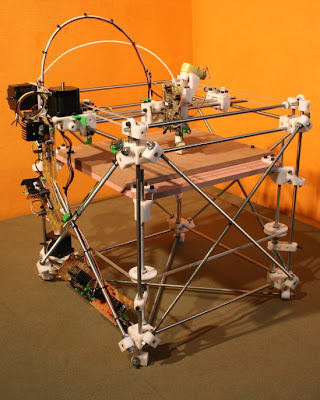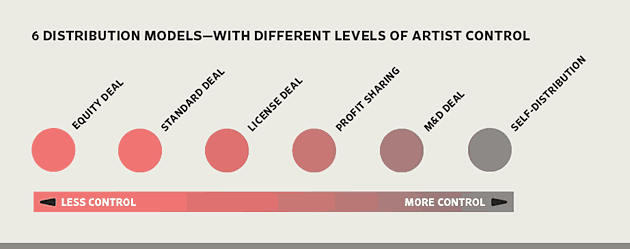From the Harvard Business Review’s list of Breakthrough Ideas for 2008:
In the coming decade, many businesses will achieve their greatest breakthroughs by playing games—specifically, alternate reality games, or ARGs. Custom-designed ARGs will enable companies to build powerful collaboration networks, discover solutions to specific business problems, forecast opportunities, and innovate more reliably and quickly.
ARGs are immersive, massively multiplayer experiences that unfold in the course of people’s real lives for days, weeks, or months. ARG designers, known as “puppet masters,” distribute thousands of story pieces, puzzles, and missions via websites, e-mail, mobile messaging, online video, and podcasts. The players who receive these building blocks use wikis, social networking sites, chat rooms, and blogs to analyze clues, debate interpretations, devise mission strategies, predict game events, and ultimately build a common narrative. (Harvard Business Review)





